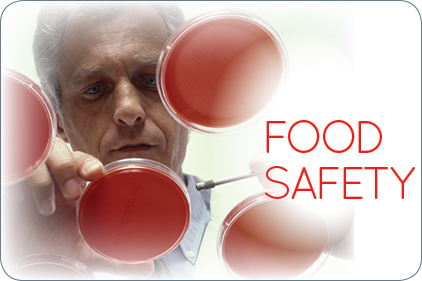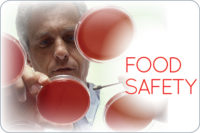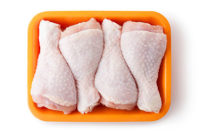USDA recently announced that it is planning on requiring meat companies to begin placing additional safe-handling labeling on steaks that are mechanically or needle-tenderized. The announcement follows a push by consumer groups seeking to have new instructional labels placed on these products.
Although it is impossible to predict exactly what the new rules will say, it is anticipated that the new labels will instruct users to cook these products to an internal temperature sufficient to kill E. coli O157:H7 (and by extension, all of the “Big Six” non-O157 STECs). So, assuming the USDA makes such an announcement in the coming weeks, what will this mean for the food industry?
Well, for starters, it means it’s about to start getting hotter in the kitchens of America.
Conceivably, cooking these products internally to the higher temperatures needed to kill foodborne pathogens will prevent them — in most cases — from being served rare, medium or maybe even medium well. Thus, if the USDA mandates that the new labeling requirements go into effect, then restaurants will have a difficult decision to make: comply with the labeling instructions or ignore them?
Responsible restaurant chains will, of course, determine that they need to comply with the instructional labels. This is because the instructions themselves anticipate (or at least warn) that the product at issue could possibly contain pathogens and thus must be cooked to a predetermined temperature in order to render that product safe for consumption.
If those instructions are ignored, however, and a customer becomes sick (or even dies) as a result, that company could be exposed to significant punitive damages for disregarding a known risk.
Thus, the only responsible course will be to either: (1) refine internal policy to ensure that all such products are cooked to the recommended temperatures; or (2) to purchase steaks that are not mechanically or needle-tenderized. There really will be no other options.
So, the most likely longer-term result, in my opinion, will be that the restaurant industry will begin to move away from needle- or mechanically tenderized products, unless and until those products can be subjected to processing interventions that will allow the end users to prepare and then serve them at temperatures somewhere south of well-done.
So yes, kitchens across America are about to start getting hot. If you process, sell or purchase these products, start thinking now about how to keep yourself clear of the heat.





Report Abusive Comment